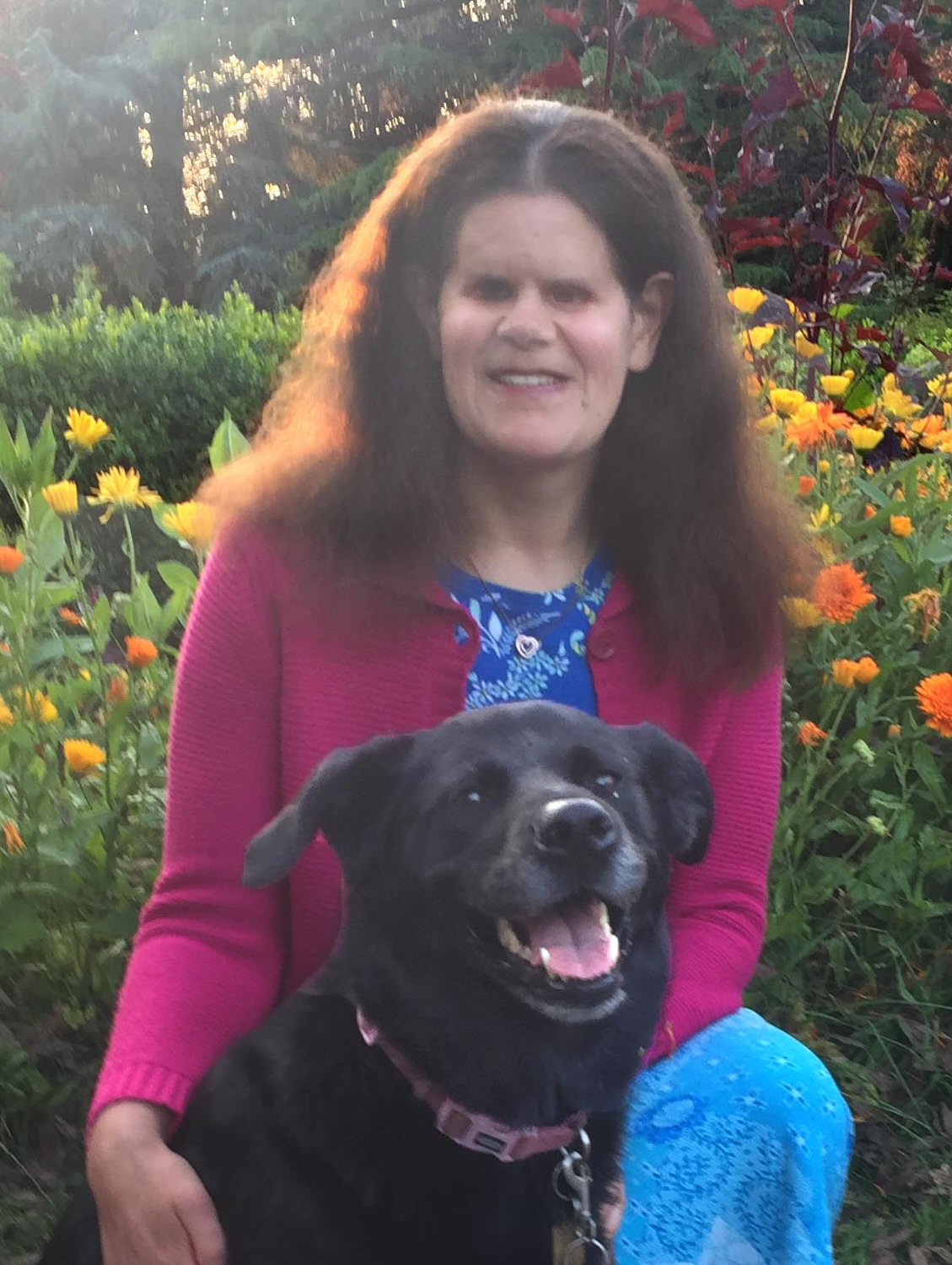New Treatment Decision Making Guide
Monday May 23, 2022
Parents face many decisions about their child’s retinoblastoma treatment. The experience can be complex, highly emotive, and stressful. WE C Hope CEO Abby White introduces our new comprehensive guide to making treatment decisions, a tool to help parents navigate the process and make the best choices at every stage of their child’s eye cancer journey.
Complex and Highly Emotive Decisions
When your child has retinoblastoma, you must make critical decisions about their medical care, even before the cancer has been diagnosed. Making decisions about retinoblastoma treatment can be confusing and emotionally overwhelming. You may be reeling from news of the diagnosis or relapse, and very anxious about your child’s wellbeing. You will likely be given a lot of detailed information in a very short space of time, and you will need to make major decisions about your child’s care quickly.
Treatment decisions may include:
- Identifying the best treatment facility and retinoblastoma team.
- Choosing between two or more treatments.
- When cancer is advanced and/or the eye is blind, deciding whether to remove your child’s eye (enucleation) to protect their life and wellbeing.
- When cure is unlikely, deciding whether to begin or continue intensive treatments, or prioritise quality time, comfort and wellbeing.
The decisions you make will influence everything from overall wellbeing of your child and family to the quality and cost of care, and the potential for cure. Taking time to make the best possible decision is vital.
Decision Making Preferences
Parents who make treatment decisions jointly with their medical team are more satisfied with the medical experience and outcome, and less likely to feel regret.
Research shows that:
- 92% of parents wanted to know how their child’s cancer and its treatment may impact their future life, even when that information was very distressing.
- Parents who found information upsetting were more likely to consider it important, and to want detailed understanding of their child’s risks.
- 1 in 6 parents regretted their treatment decisions. But parents were less likely to regret their choices when they felt they were given high-quality information about the diagnosis, treatment and long-term implications, when they trusted the oncologist completely, and when they held their preferred role in decision making.
- 64% of parents wanted to share decision making with the oncologist.
- Oncologists failed to recognize a parent’s preferences 51% of the time.
- 1 in 3 parents had a level of decision making that differed from what they wanted 14% were more involved than they wanted, and 20% were less involved than they wanted.
- The 14% of parents who had a more active role than they wanted were more likely to regret their treatment decisions.
Many Factors Shape Our Decisions
Parents must consider a range of factors to make confident treatment decisions, and reduce the risk of decisional regret. These include:
- Your thoughts and feelings.
- Your decision making process.
- Knowledge and understanding of retinoblastoma.
- Detailed evaluation of benefits, risks, and side effects for all treatment options.
- Awareness of how your child can be supported to cope with each option.
- Knowledge and understanding of how your child’s future may be affected.
- The emotional, practical, and financial cost of each option.
- Personal preferences, beliefs, values, and goals.
- Disagreements and conflict.
We recommend you do all you can to actively engage with your child’s medical team through every decision. Addressing all considerations can help you make the best treatment decisions to protect and save your child’s life, preserve their wellbeing, and possibly save eye and sight – if safe to do so.
Treatment Decision Making: 12 Step Guide
Our new comprehensive guide will help you:
- Identify, gather, and evaluate all the information you need.
- Navigate conversations with your medical team, family and friends.
- Make confident decisions that support your child’s complete wellbeing throughout treatment and beyond.
This 12 step guide contains a lot of detailed information. We recognise that you will most likely be reading as you try to sift through more complex information, and the decision making process may seem overwhelming.
Take a deep breath – you can do this!
Go through this decision-making process one step at a time.
Decision Making Guide introduction
-
- Acknowledge your thoughts and feelings.
- Understand your decision-making style.
- Find your expert team.
- Understand shared decision making and informed consent.
- Set an intention to make balanced decisions.
- Learn about retinoblastoma.
- Evaluate your options.
- Consider your values and goals.
- Manage disagreement and conflict.
- Make your decision.
- Review your decision.
- Support your child – and yourself.
We hope this guide will help you navigate through this very difficult time, and make the best treatment decisions for your child’s complete wellbeing – now and throughout their life. Always put your child’s needs first, always ask questions, and always make your decisions in full discussion with experienced retinoblastoma specialists who know your child’s case.
About the Author
Abby’s father was diagnosed with bilateral retinoblastoma in Kenya in 1946. Abby was also born with cancer in both eyes. She has an artificial eye and limited vision in her left eye that is now failing due to late effects of radiotherapy in infancy.
Abby studied geography at university, with emphasis on development in sub-Saharan Africa. She co-founded WE C Hope with Brenda Gallie, responding to the needs of one child and the desire to help many in developing countries. After receiving many requests for help from American families and adult survivors, she co-founded the US chapter to bring hope and encourage action across the country.
Abby enjoys listening to audio books, creative writing, open water swimming and long country walks.






Leave a Reply
Want to join the discussion?Feel free to contribute!